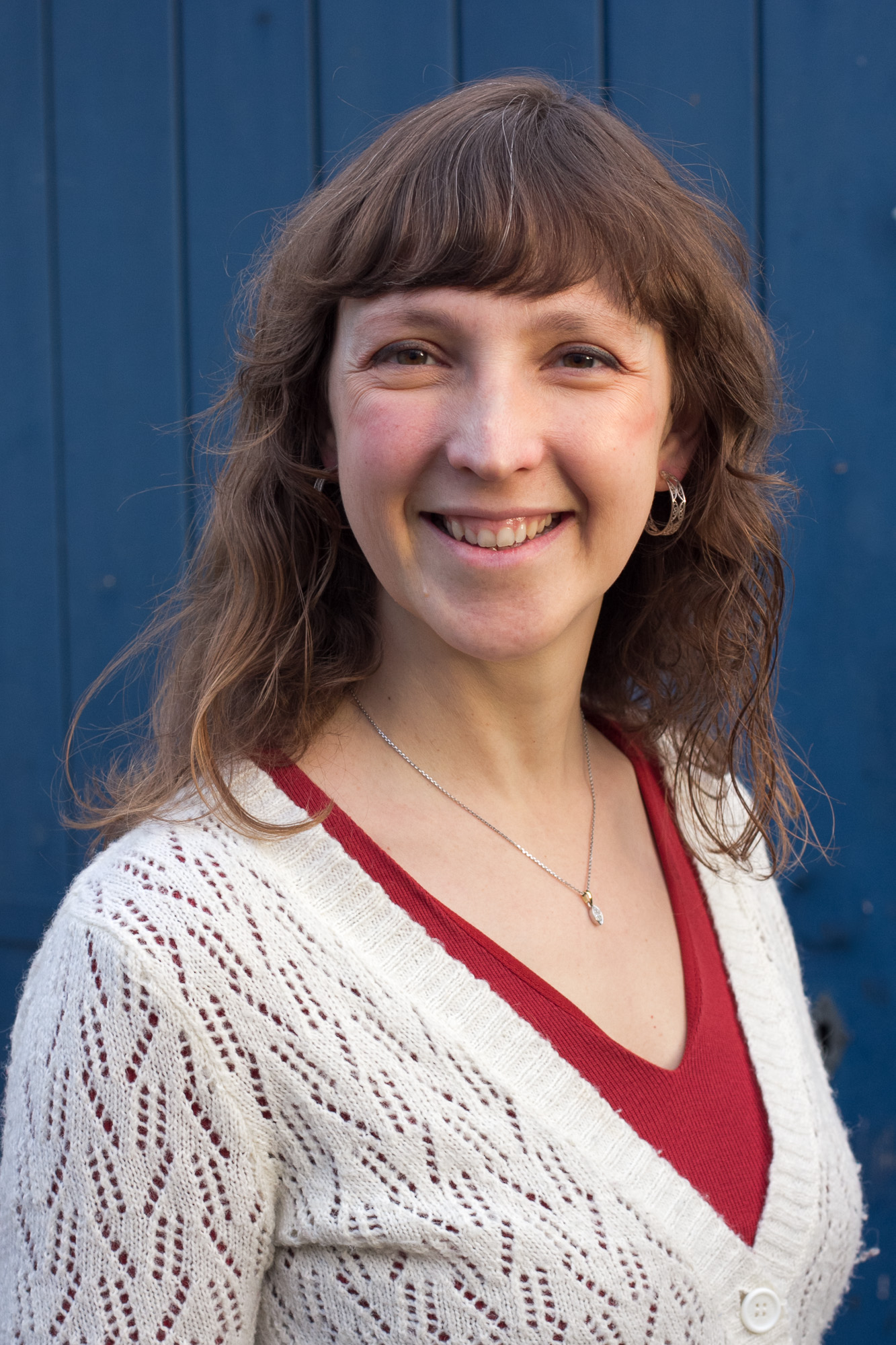
Associate Professor at the University of Barcelona
My main field is observational time-domain astronomy, primarily in optical and IR wavelengths. I am passionate about exploring binary stellar systems and the ways the interact.Although my background is in Computer Science, I got fascinated by astronomy while working as a software engineer for the Gaia ESA mission. I pursued my interests by obtaining my master's degree in Astrophysics in the University of Barcelona. Later on, I earned my PhD at the University of Cambridge, where I contributed to the discovery and characterisation of optical transients using the daily stream of Gaia data. I applied forward Bayesian modeling to classify supernovae using the blue and red low resolution spectrophotometry.
For three years I worked as a GROWTH postdoc at the iPTF/ZTF group at Caltech, working on several exciting projects: the Zwicky Transient Facility (ZTF), the Spectral Energy Distribution Machine (SEDM) -- a low resolution integral field unit spectrograph (IFU) operating on Palomar -- 60-inch telescope and studying extreme stellar outbursts and explosions discovered by iPTF. My interest focuses on luminous red novae (LRNe) -- extremely cold and rather faint transients caused by the merger of two stars -- and tidal disruption events (TDEs) -- extremely hot and luminous transients coming from stars disrupted by SMBHs --.
From 2018 until 2022 I was a VENI fellow at Radboud University, Nijmegen. I carried out exciting research relating to the evolutionary stage of binary stars just before their merger, and the late evolution of the merger remnants. During my appointment, I also became a member of the science team for the BlackGEM time-domain survey, starting comissioining in fall 2022.
Currently, I am an Associate Professor at the University of Barcelona and the representant of the Stellar Physics research area at the Institute of Cosmic Sciences at the University of Barcelona. My goal is to use large time domain surveys to study violent interactions between binary stars with my project "Common Envelope Transients: Progenitors, Precursors, and Properties of their Outbursts" (CET-3PO), funded by the European Research Council.
Projects
The main goal of CET-3PO, Common Envelope Transients – Progenitors, Precursors, and Properties of their Outbursts is to understand how pairs of massive stars interact and how these close interactions shape their lives. In particular, the project will study the so-called common envelope (CE) phase, when two stars orbit within the same gaseous envelope while spiralling towards each other. At the termination of this phase, if the binary pair has not merged, it will have a much shorter orbit, becoming a source of gravitational waves, and other high-energy astrophysical phenomena.From the theoretical point, the CE phase is one of the most challenging, but also the least understood aspects of binary stellar evolution. CET-3PO will use observations of astrophysical transients related to stellar mergers to answer the following questions about CE: Which binary pairs are more likely to merge, and which ones to survive the CE phase? Which physical mechanisms are responsible for the merger? How the merger remnant evolves? Does the rate of merged stars and binary survivors match the predictions from theory? Combining multi-wavelength observations and theoretical modelling, CET-3PO will provide the first coherent observational study of the CE phase for massive stars.
Research interests
Luminous Red Novae
Luminous red novae (LRNe) are unusual and fascinating events discovered in our nearby Universe. During outburst, they display a cold (~3000K) emission with luminosities in between novae and supernovae. Their lightcurves, while quickly fading in the optical, do usually remain bright in IR wavelengths for years, revealing the formation of warm dust surrounding the main star. Such observables have been associated with the onset of extremely dense, massive stellar envelopes. Hence, these objects could be unique probes to study the onset of the Common Envelope for close binary systems. My current research focuses on the study of LRNe progenitors, their outbursts, and also their IR remnants in our galaxy and beyond. My group is on the hunt to detect (and predict!) new outbursts in ZTF/BlackGEM (and soon LSST) data.Tidal Disruption Events
A tidal disruption event (TDE) is the phenomenon observed when a star is torn apart by the tidal forces of a supermassive black hole (SMBH), usually lurking in the core of its galaxy. As a consequence, a bright flare is expected when some of the bound material accretes onto the SMBH. I am particularly interested in the discovery and interpretation of UV/optical and IR signature of TDEs in nearby galaxies.Low resolution spectroscopy and astronomical isntrumentation
The Spectral Energy Distribution Machine (SEDM) is a composite photometric and spectroscopic instrument designed for fast transient classification. It comprises a low-resolution (R~100) integral field unit (IFU) spectrograph and a 6x6 arcmin photometric camera. It has been operating robotically on the Palomar 60-inch telescope since early May 2016. During its operations, it has already contributed to the discovery of a low luminosity TDE, and turning-on quasar and a lensed type Ia supernova! At the Unviersity of Barcelona, I work with the Institute of Space Sciences of Catalonia (IEEC) to shape the next generation of telescopes and instrumentation at the Montsec Observatory.Transient astronomy with space-based satellites
During my PhD, I have closely worked with the Gaia Science Alerts group in Cambridge to develop methods to discover and classify the transients discovered by Gaia. For the first year of operations, I provided an assessment of the discovery efficiency, which helped to improve the discovery rate. Currently, I am coordinating the Astrophysical Transient Alerts work package for the cubesat PhotSat photometric UV and optical mission led by IEEC.Selected publications
Tranin H; Blagorodnova, N.; et. al. 2025, A&A, 695, 226
Hertzsprung gap stars in nearby galaxies and the quest for luminous red nova progenitors
Karambelkar, V.; Kasliwal, M. M.; Blagorodnova, N.; et. al. 2023, ApJ, 948, 137
Volumetric Rates of Luminous Red Novae and Intermediate-luminosity Red Transients with the Zwicky Transient Facility
Addison, H.; Blagorodnova, N.; Groot P. J.; et. al. 2022, MNRAS, 517, 1884
Searching for the next Galactic Luminous red nova
Blagorodnova, N.; Klencki J.; Pejcha O.; et. al. 2021, A&A, 653, 134
The luminous red nova AT 2018bwo in NGC 45 and its binary yellow supergiant progenitor
Blagorodnova, N.; Karambelkar V.; Adams S.; et. al. 2020, MNRAS, 496, 5503
Progenitor, Precursor and Evolution of the Dusty Remnant of the Stellar Merger M31-LRN-2015
Wee, J.; Blagorodnova, N.; Penprase B. E.; et. al. 2020, ApJ, 899, 162
Multi-wavelength Photometry and Progenitor Analysis of the Nova V906 Car
Blagorodnova, N.; Cenko, S. B.; Kulkarni, S. R.; et. al., 2019, ApJ, 873, 92
The Broad Absorption Line Tidal Disruption Event iPTF15af: Optical and Ultraviolet Evolution
Blagorodnova, N.; Neill, J. D.; Walters, R.; Fremling C. et. al., 2018, PASP, 130, 5003
The SED Machine: a robotic spectrograph for fast transient classification
Adams, S. M.; Blagorodnova, N.; Kasliwal, M. M.; Amanullah, R. et. al., 2018, PASP, 130, 4202
iPTF Survey for Cool Transients
Blagorodnova, N.; Gezari, S.; Hung, T.; Kulkarni, S. R.; et. al., 2017
iPTF16fnl: a faint and fast tidal disruption event in an E+A galaxy
Kangas, T.; Blagorodnova, N.; Mattila, S.; Lundqvist, P. et. al. 2017
Gaia16apd – a link between fast and slowly declining type I superluminous supernovae
Blagorodnova, N.; Kotak, R.; Polshaw, J.; Kasliwal, M. M.; et. al. 2017
Common Envelope Ejection for a Luminous Red Nova in M101
Blagorodnova, N.; Van Velzen, S.; Harrison, D. L.; Koposov, S.; et. al. 2016
Gaia transient detection efficiency: hunting for nuclear transients
Blagorodnova, N.; Koposov, Sergey E.; Wyrzykowski, Łukasz; Irwin, Mike et. al. 2014
GS-TEC: the Gaia spectrophotometry transient events classifier

